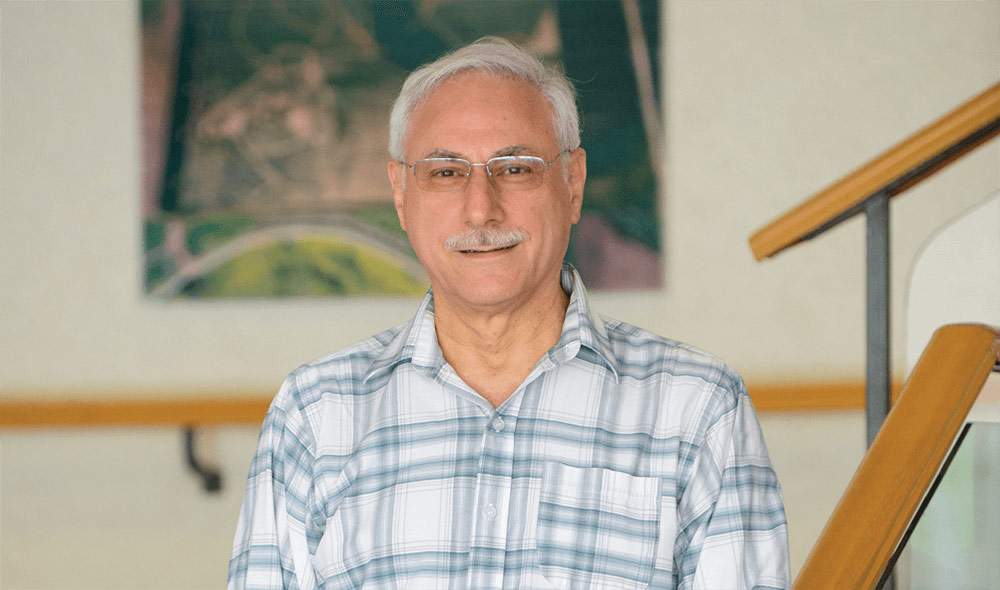Are you a journalist? Please sign up here for our press releases
Subscribe to our monthly newsletter:

“Building scientific, electronic instruments that cannot be bought,” says Staff Scientist Lorne Levinson when asked to describe his job as Head of the Electronics and Data Acquisition Group in the Physics Core Facilities Unit. “We work with scientists in chemistry and biology as well as physics to understand their goals and help them obtain the data they need from their instruments.”
Scientists can, and do, purchase off-the-shelf equipment, but to conduct groundbreaking work they often need instruments designed to do what existing ones can’t. The institute’s staff scientists, says Levinson, bring to their research groups a wide variety of technological skills to fill the gap between an idea and its realization in the lab. “At the Weizmann Institute, there are about 250 heads of research groups and about 180 staff scientists. I don’t think you’ll find such a high ratio in nearly any university in the world,” he says.
Levinson specializes in particle physics experiments, and he is involved in two large international collaborations. He leads the group responsible for a complex control system that regulates the cooling and purification of a giant detector filled with several tons of liquid xenon that must be stored at a constant temperature of -100o. This experiment, conducted in a lab deep beneath Gran Sasso Mountain in Italy, where most cosmic rays cannot reach, is searching for signs of the mysterious dark matter thought to make up 27% of the Universe. (Visible matter constitutes only 5% of the Universe, and this is one of several experiments looking for particles that could make up the rest)
To conduct groundbreaking work they often need instruments designed to do what existing ones can’t
He is also a member of the ATLAS experiment at CERN, where he is the electronics coordinator of the “New Small Wheel” upgrade of the ATLAS muon detector. This innovative electronic system for reading the data produced in the detector is now being planned and built by a team of 75 people from 25 institutions around the world. “It’s not as bad as building the Tower of Babel, but it comes a pretty close second,” he jokes. “We have Chinese, Europeans and Americans. If we need to videoconference, there is just a two-hour window in which to meet and someone still has to get up early or go to bed late. As coordinator, I have to make sure we work together as a team, to prevent overlaps and make sure all the pieces of this complicated puzzle will fit together in the end. I’m the one who has to worry that this 4-million-dollar electronic system will perform as expected.
Levinson says that science can be a bridge between people, but cultural differences remain. He recounts an American researcher who was opposed to having electronics boards produced in Israel, assuming they would be of poor quality. “But when he inspected our boards, produced by Israeli industry, under the microscope he had to admit they were the most precise he had ever seen.” Another time, the Israelis on the team decided to celebrate a successful test with wine, dates and figs, only to find that some Japanese team members considered such sweet foods fit only for women and children.
Levinson claims he is responsible for the “back” arrow on our web browsers. He was working at CERN with Tim Berners-Lee at the time that the latter was putting together the World Wide Web – which was originally intended for physicists to share information. “At that time of the first prototype browser,” he recalls, “there was no such thing as a graphic or mouse interface. The text was white on black, and the links were black on white. Navigation was via the arrow keys on the keyboard and the return bar activated the links. So I asked ‘what if I want to go back to my previous page?’” The rest is history – we click on it dozens of times a day.